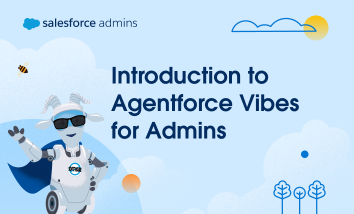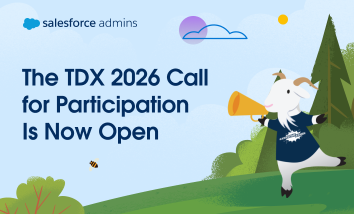Just as our world has become AI centric, it’s hard to see a working world in which you won’t hear about vibe coding. Vibe coding is an amazing shift in how applications are built, using natural language in a conversation to control how a solution is being built. Agentforce Vibes is Salesforce’s implementation of it, […]










